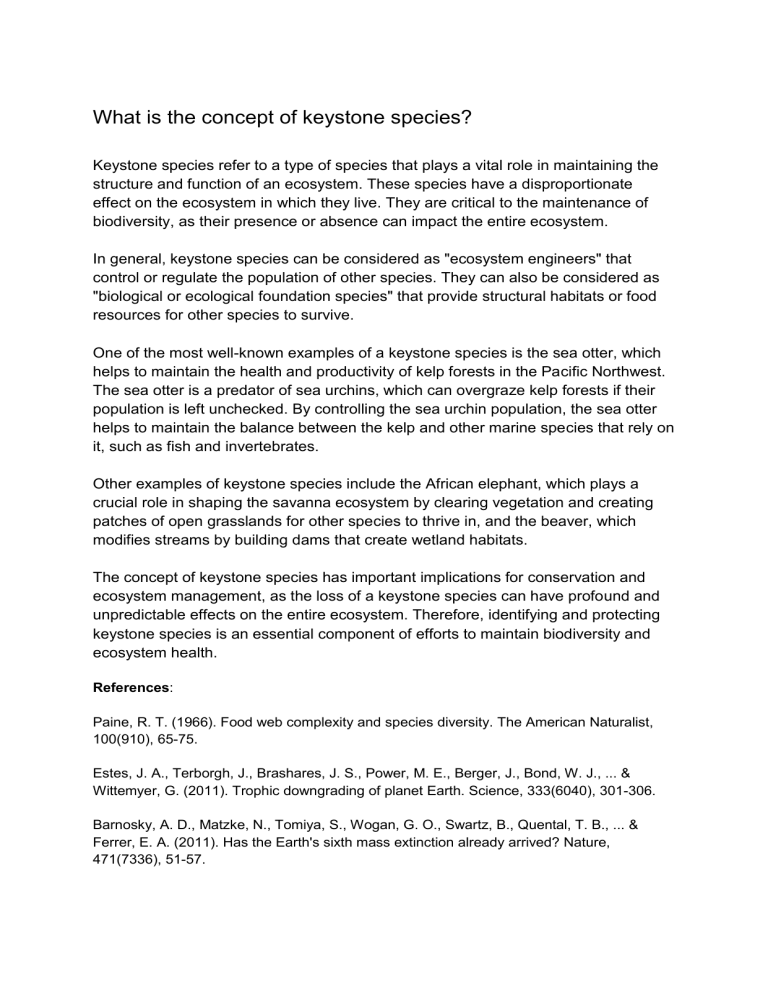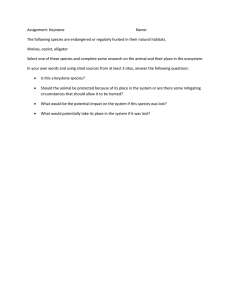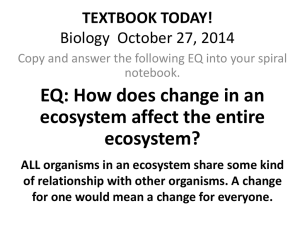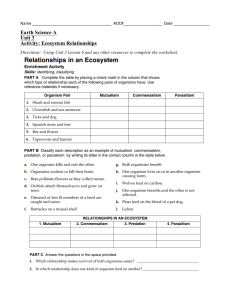
What is the concept of keystone species? Keystone species refer to a type of species that plays a vital role in maintaining the structure and function of an ecosystem. These species have a disproportionate effect on the ecosystem in which they live. They are critical to the maintenance of biodiversity, as their presence or absence can impact the entire ecosystem. In general, keystone species can be considered as "ecosystem engineers" that control or regulate the population of other species. They can also be considered as "biological or ecological foundation species" that provide structural habitats or food resources for other species to survive. One of the most well-known examples of a keystone species is the sea otter, which helps to maintain the health and productivity of kelp forests in the Pacific Northwest. The sea otter is a predator of sea urchins, which can overgraze kelp forests if their population is left unchecked. By controlling the sea urchin population, the sea otter helps to maintain the balance between the kelp and other marine species that rely on it, such as fish and invertebrates. Other examples of keystone species include the African elephant, which plays a crucial role in shaping the savanna ecosystem by clearing vegetation and creating patches of open grasslands for other species to thrive in, and the beaver, which modifies streams by building dams that create wetland habitats. The concept of keystone species has important implications for conservation and ecosystem management, as the loss of a keystone species can have profound and unpredictable effects on the entire ecosystem. Therefore, identifying and protecting keystone species is an essential component of efforts to maintain biodiversity and ecosystem health. References: Paine, R. T. (1966). Food web complexity and species diversity. The American Naturalist, 100(910), 65-75. Estes, J. A., Terborgh, J., Brashares, J. S., Power, M. E., Berger, J., Bond, W. J., ... & Wittemyer, G. (2011). Trophic downgrading of planet Earth. Science, 333(6040), 301-306. Barnosky, A. D., Matzke, N., Tomiya, S., Wogan, G. O., Swartz, B., Quental, T. B., ... & Ferrer, E. A. (2011). Has the Earth's sixth mass extinction already arrived? Nature, 471(7336), 51-57.




